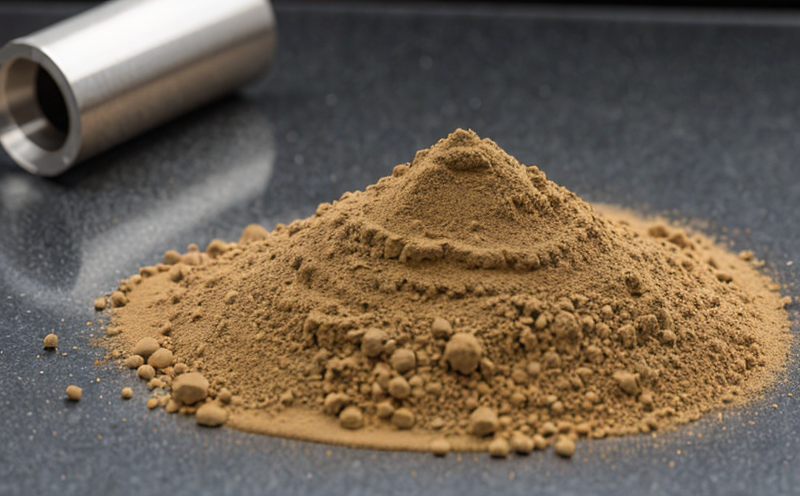ASTM D2857 Solution Viscosity Testing
The ASTM D2857 standard specifies a method for determining the solution viscosity of polymeric materials. This test is crucial for ensuring that additives used in additive manufacturing (AM) and 3D printing processes meet quality standards, thereby enhancing product performance and reliability.
Viscosity plays a critical role in AM and 3D printing as it influences how easily materials can be extruded through nozzles or deposited into layers. High viscosity can lead to clogging of the nozzle, while low viscosity might result in poor support structures and reduced part integrity. Therefore, accurate measurement of solution viscosity is essential for quality control and process optimization.
ASTM D2857 provides a standardized approach that ensures consistency across different laboratories and facilities. This standardization helps manufacturers achieve reproducible results, which is vital for regulatory compliance and customer satisfaction.
The test involves dissolving the polymer in a solvent to form a solution of known concentration. The solution viscosity is then measured using a viscometer. The choice of solvent is critical as it must dissolve the polymer completely without affecting its inherent properties. Common solvents include tetrahydrofuran (THF) and methylene chloride.
Sample preparation for ASTM D2857 involves precise weighing and dissolution, followed by filtration to ensure homogeneity before measurement. The process requires a clean, controlled environment to prevent contamination of the sample or solvent.
The results from this test are used in several ways:
- To ensure that the polymer solution meets the required specifications for AM processes.
- To optimize the printing parameters such as nozzle size and layer thickness based on the viscosity data.
- To monitor process stability over time, ensuring consistent product quality.
| Sample Preparation | Instrumentation | Data Collection |
|---|---|---|
| Weighing and dissolution of polymer in solvent. | Viscometer for accurate measurement. | Recording viscosity at specific shear rates. |
Scope and Methodology
The scope of ASTM D2857 solution viscosity testing is focused on the characterization of polymeric materials used in AM processes. This test provides a standardized approach for measuring the viscosity of polymer solutions, which is essential for ensuring process efficiency and product quality.
| Test Parameters | Description |
|---|---|
| Solution Preparation | Polymer dissolution in a specified solvent. |
| Viscosity Measurement | Using a viscometer at specific shear rates. |
The methodology involves dissolving the polymer in a suitable solvent, filtering the solution to remove any impurities, and measuring the viscosity using a capillary or rotational viscometer. The test is conducted at room temperature unless otherwise specified by the manufacturer.
Benefits
- Promotes process optimization for AM applications.
- Enhances product quality and reliability through consistent viscosity control.
- Ensures compliance with international standards, thereby facilitating global trade.
- Reduces the risk of material degradation during storage and use.
Competitive Advantage and Market Impact
The ability to accurately measure solution viscosity using ASTM D2857 provides a significant competitive advantage in the AM industry. By ensuring that the polymer solutions used meet stringent quality standards, companies can improve the performance of their 3D printed parts.
- Enhances product reputation and customer satisfaction.
- Aids in maintaining regulatory compliance, which is crucial for market access.
- Paves the way for innovation by providing a reliable basis for material development.





